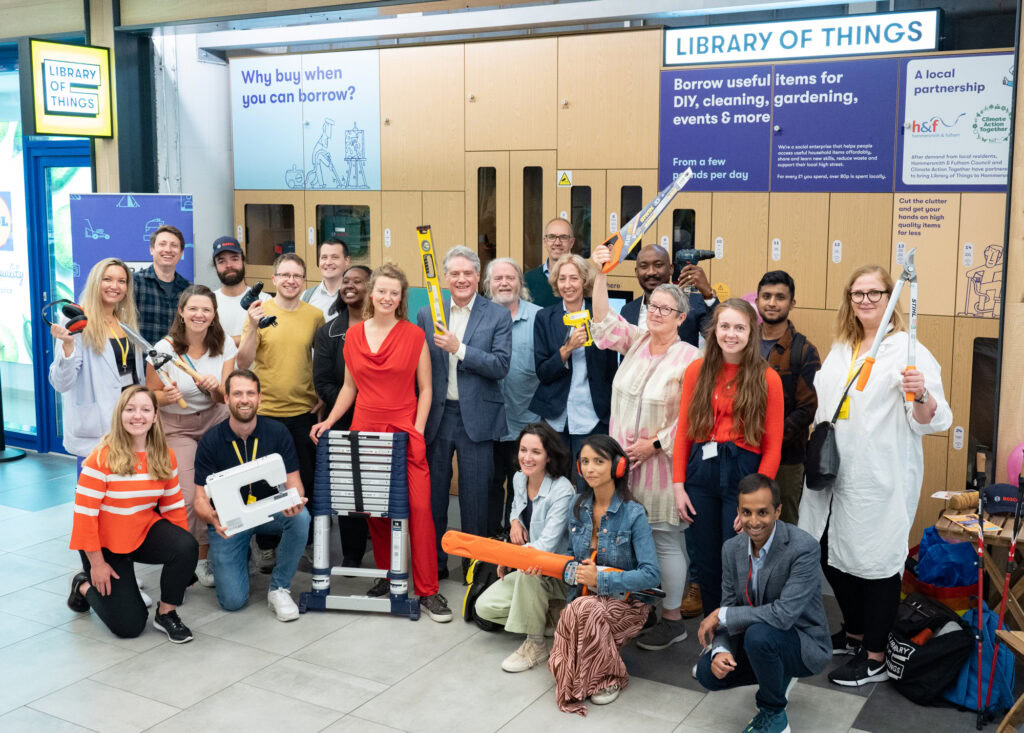The findings challenge the results of a Camden study published at the end of June, which found that commingled recycling collections in the borough had a 77% greater carbon footprint than its former source separated scheme (see letsrecycle.com story) and are likely to spark fresh debate over the merits of the two collection systems.
Speaking to letsrecycle.com yesterday, Community Waste director Richard Cutts said: “Our report has been produced by an independent consultancy in order to give an unbiased opinion.
“It is based on real operating experience and is irrefutable. Obviously there is an advantage to collecting commingled recycling in terms of carbon of 28%,” he added.
Hyder
To produce the latest study, Community Waste commissioned Hyder Consulting to compare the carbon emissions produced under both kinds of recycling scheme, using data provide by Community Waste itself and Fenland district council.
This was done by calculating carbon emissions per tonne of recyclate collected.
The starting point was when recyclate was presented for recycling at the kerbside and the end point was the exit of the materials recycling facility for commingled waste or factory gate of bulking stations for source separated waste.
One important assumption was that the quality of the output from the MRF for the commingled waste stream was the same as the quality of the output from the bulking station.
The study found that commingled recyclate only produced 72% of the carbon emissions associated with source separated recyclate.
A sensitivity analysis was also carried out to verify the robustness of the findings.
Writing in the study's conclusion, Hyder said: “While the assumptions used in the study could benefit from further refinement, analysis of the sensitivity of the results to changes in assumptions that favour source segregated schemes indicates that commingled carbon emissions are still consistently lower than source segregated emissions.”
Encouraging
Responding to the results, Community Waste director Bruce Terrell said: “I think this is encouraging for commingled collections. This is just the beginning of a huge debate.”
Mr Cutts added that the findings were particularly important for councils, because they would soon need to slash their carbon emissions to help meet targets under the Climate Change bill.
And, in view of the findings, he called for a recycling collection hierarchy to be developed by an independent consultancy in place of the hierarchy launched earlier this week by the Campaign for Real Recycling, which clearly favoured source separated schemes (see letsrecycle.com story).
He said: “As an industry player, the CRR hierarchy does not make sense financially and is clearly not independent and therefore should be treated with caution.
“I would welcome the same hierarchy being produced through an independent consultancy commissioned by both sides of the industry,” he added.









Subscribe for free